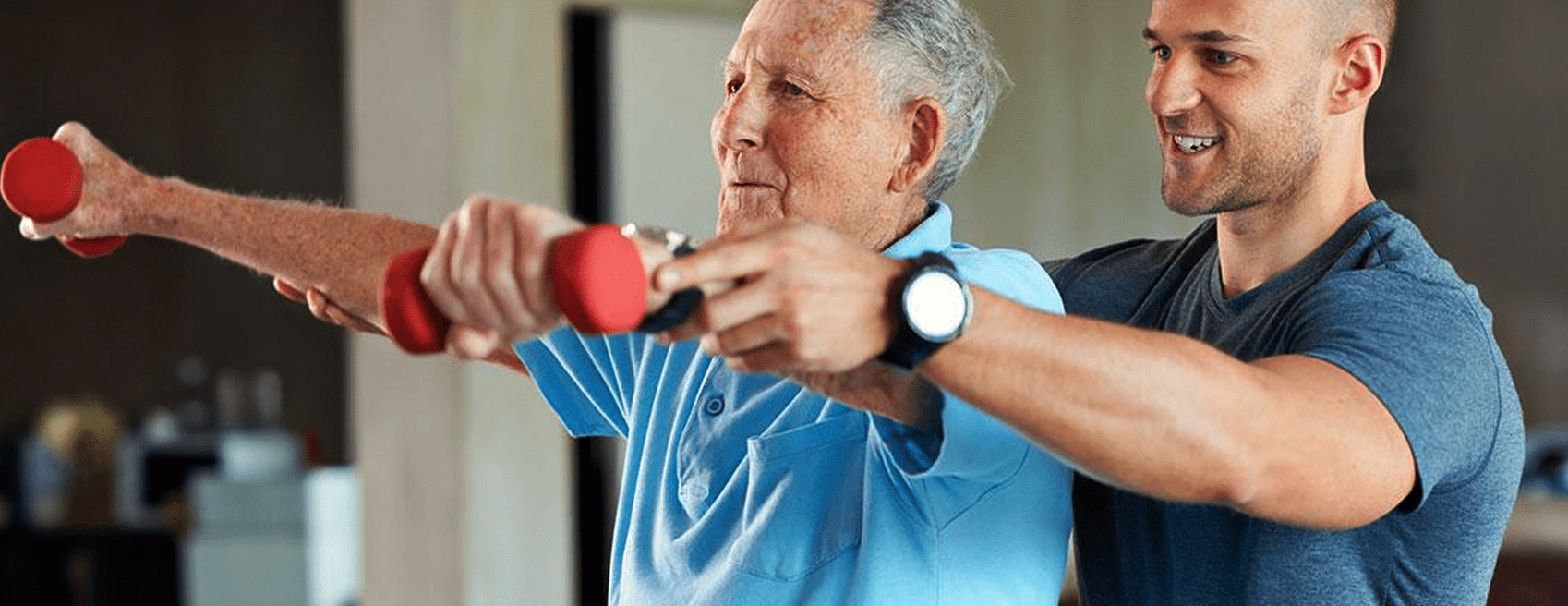Occupational Therapy Activities For Stroke Patients
The stroke survivors often have reduced the ability to perform the daily tasks such as the maintaining of the balance while walking, concentrating while doing some work, the capacity of retaining information or even reaching out for an object. Occupational therapy activities make up one of the essential steps for a stroke survivor when traveling along the path to recovery after suffering a stroke. In order to overcome these abnormalities after suffering a stroke, the stroke survivors necessarily need to seek the help of the professional occupational therapists in order to relearn the motor and sensory abilities which have been damaged due to stroke. The goal of the occupational therapists is to facilitate the patients in improving the motor and sensory abilities of the patients. This can be accomplished through reprogramming parts of the brains of the patients and also helping them in regaining the normal muscle control.
Most of the stroke survivors end up struggling to live normal lives because the movements and skills which used to be simple in normal life now seem challenging to the stroke survivors. The therapists help the patients in mastering the day-to-day tasks like bathing, dressing, driving, writing, cooking etc. After the regaining of the normal functions in life, the stroke survivors would be in a position to return to work once more. Thanks to the power of occupational therapy activities, several stroke survivors are able to continue their hobbies like playing their favourite musical instrument or painting. With the right kind of the time, support and dedication, the stroke survivors become independent and manage to reclaim their normal lives.
Occupational Therapy Benefits For Stroke
Improving the quality of life– The major aim of the occupational therapy activities is to improve the quality of life for the stroke survivors. The occupational therapists in India help the stroke survivors to improve their motor and sensory abilities during the phase of stroke recovery by relearning the valuable day-to-day skills which include several things like using a computer, grooming, and cooking. With the relearning of these skills, the stroke survivors are able to return back to their normal life.
Adaptation of living spaces in order to suit the stroke survivors’ needs– A major part of the entire occupational therapy activities is aimed at helping the stroke survivors and their families to make required changes in their homes so that the living space becomes easier and safer to maneuver in. The occupational therapists and the stroke survivors’ work together to identify the functional changes and install grab bars in places like bathrooms so that the certain places in the home become easier to navigate.
Learning right strategies for overcoming challenges– The occupational therapists teach the survivors the right ways for adapting the new ways of movements and ranges of motion. They effectively teach practical strategies like dividing the complex activities into simpler forms which are easier to be performed by the stroke survivors. The stroke survivors during the phase of stroke recovery learn how to compensate for their newly acquired skills and they also become well-prepared for overcoming the challenges. For example, some of the stroke survivors who can use only one hand are taught by the occupational therapists to use hook-and-loop Velcro fasteners for buttons on the clothing so that it becomes easier for the stroke survivor to dress independently.
Coping with the challenges and then returning back to perform the routine day-to-day activities- The occupational therapists are responsible for addressing the challenges that have occurred due to stroke. The occupational therapists add occupational therapy activities to face the cognitive, physical and emotional challenges that occur due to stroke. The therapists identify the effective activities which they want to do and eventually inculcate strategies that facilitate the patients to return back to their normal day-to-day activities independently.
How Occupational Therapist Adopt For Maintaining The Best Quality Of Life & Safety in the Stroke Survivor’s.
- Evaluating the safety of the stroke survivor’s home and making customized suggestions.
- Recommending the necessary equipment that makes the stroke survivor’s home all the more accessible like never before.
- Looking at the right ways to set up the stroke survivors’ home so that the concerned stroke survivor can complete the daily chores independently without meeting any unfortunate accident.
- Demonstrating and also teaching the single-handed techniques of getting dressed, preparing food, opening packages and also using the computer.
- The therapists’ team also instruct the caregivers and family members on the best ways of helping the stroke survivor to regain their independence and also participate in the several other activities that they enjoy thoroughly.
Occupational Therapist Are Team Players
The physician who treats the stroke patient usually refers the stroke survivor to opt for the services of the occupational therapists. The occupational therapists follow the general guidelines as well as adopt specialized techniques of occupational therapy depending on the condition of the stroke survivor. Usually, the stroke survivor is given occupational therapy for at least 45 minutes per day for at least five days a week. Needless to say, the occupational therapist plays an integral role in the entire procedure of stroke rehabilitation. The multidisciplinary team that consists of the nurses, doctors, speech therapists, social workers, physiotherapists and speech therapists all work together with the occupational therapist to help the stroke survivor to return back to normal life. Every member of the rehabilitation team including the occupational therapist is well-experienced in recognizing the entire range of the patient’s challenges and problems that are caused by the stroke and provide the effective rehabilitation therapies as per requirement.

